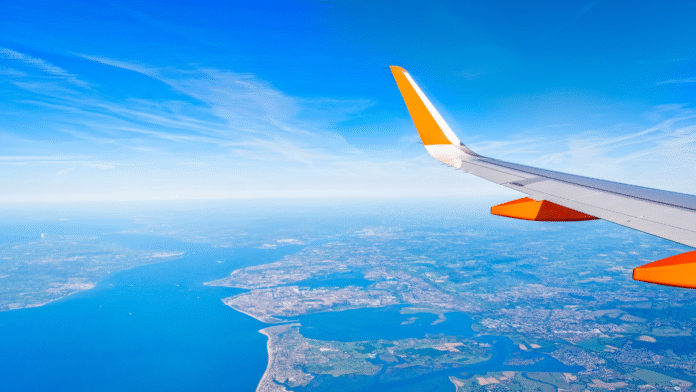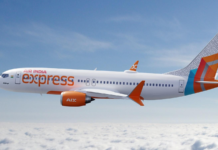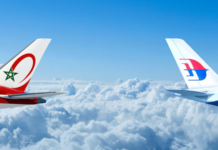Asia Pacific’s airline industry continues to soar steadily, with June 2025 marking another month of resilient growth in both international passenger and cargo volumes, despite looming global economic uncertainties. According to preliminary traffic data released by the Association of Asia Pacific Airlines (AAPA), the region’s carriers transported a total of 31.2 million international passengers in June — a 7.1% year-on-year increase — reflecting the sustained recovery and rising demand heading into the mid-year holiday peak.
The robust performance was driven by growing consumer confidence and a continued appetite for international travel. Measured in revenue passenger kilometres (RPK), demand increased by 8.0% year-on-year, while seat capacity expanded by 8.5%, slightly outpacing demand. This resulted in a marginal dip of 0.4 percentage points in the average international passenger load factor, which stood at 81.7% for the month — a level still indicative of strong operational efficiency.
In tandem, international air cargo traffic showed encouraging signs of expansion. Freight tonne kilometres (FTK) grew by 5.6% year-on-year in June, supported by a rebound in global manufacturing and ongoing reconfiguration of trade routes due to geopolitical and supply chain shifts. Key contributors to this recovery included heightened demand in consumer electronics, intermediate goods, and e-commerce. However, with offered freight capacity increasing by 7.1%, the international freight load factor fell slightly by 0.8 percentage points to 62.1%.
Commenting on the overall performance, Subhas Menon, Director General of AAPA, emphasized the region’s strong economic fundamentals as a crucial factor supporting aviation growth. “During the first half of 2025, Asia Pacific airlines carried 190.5 million international passengers — a notable 12% increase compared to the same period last year,” Menon said. “Air cargo demand remained resilient with 6% growth year-on-year, showcasing the region’s critical role in the global logistics network.”
He further noted that the continued expansion reflects not only the strength of Asia Pacific economies but also the adaptability of the region’s carriers. “Despite trade tensions and inflationary signals, demand for air freight — particularly for time-sensitive and e-commerce shipments — remains robust,” he added.
Looking ahead, Menon struck a cautiously optimistic tone. “The travel outlook for the near term is positive, buoyed by strong forward bookings for the peak mid-year season. However, growing inflationary pressures, driven by new tariff regimes and weakening business sentiment, could temper demand growth in the months to come,” he warned. “Asia Pacific airlines are navigating these challenges by remaining agile, managing operational costs, and pursuing new opportunities across regional and global markets.”
As global trade recalibrates and travellers continue to take to the skies, the Asia Pacific aviation sector appears well-positioned to weather short-term turbulence while maintaining its upward trajectory — a testament to the sector’s resilience and strategic foresight.










